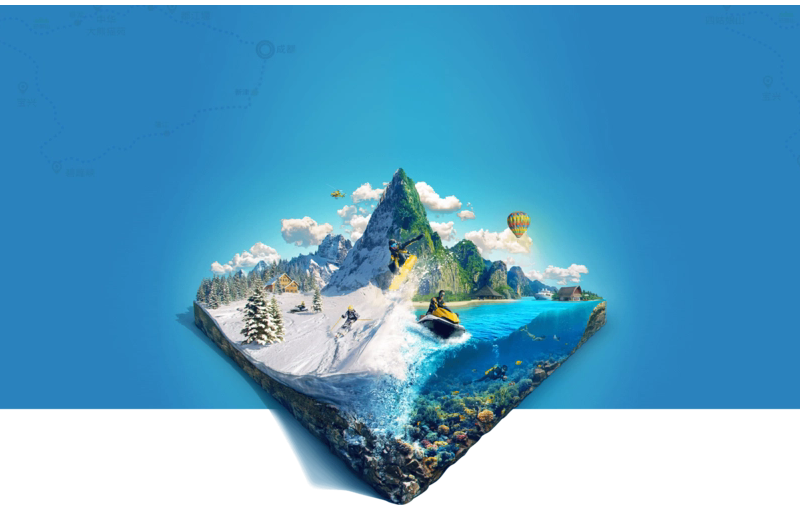Virtual tourism has become a popular way to explore destinations without leaving the comfort of home. With advancements in technology, the immersive experience of virtual tours has reached new heights. Among the cutting-edge tools enhancing virtual tourism, LiDAR (Light Detection and Ranging) stands out for its ability to create highly accurate 3D representations of environments. This article explores how LiDAR technology is revolutionizing virtual tourism by providing unprecedented detail and realism.

The Role of LiDAR in Virtual Tourism
LiDAR technology uses laser pulses to measure distances between the sensor and objects on the ground. These measurements are compiled into a detailed 3D point cloud, which can be processed into a digital model of the scanned area. For virtual tourism, this means creating incredibly accurate and detailed digital recreations of landmarks, landscapes, and historical sites.
One of the primary advantages of LiDAR in virtual tourism is its ability to capture intricate details that might be missed with other methods. For instance, the texture of historical ruins, the density of vegetation in a rainforest, or the subtle architectural details of ancient buildings can be rendered with remarkable fidelity. This level of detail enhances the virtual experience, making it more engaging and informative.
Applications in Cultural Heritage
LiDAR has been instrumental in documenting and preserving cultural heritage sites. For example, LiDAR scans of the ancient city of Angkor Wat in Cambodia have allowed historians and archaeologists to create detailed 3D models of the complex. These models enable virtual tourists to explore the site as it was in its prime, offering a richer understanding of its historical and architectural significance.
Similarly, in Egypt, LiDAR technology has been used to map the interiors of pyramids and tombs, providing virtual tours that reveal hidden chambers and intricate carvings. This not only helps in preserving these treasures but also allows people worldwide to experience them without physical constraints.
Enhancing Environmental Exploration
LiDAR’s applications extend beyond historical sites to natural landscapes. Virtual tourism platforms that use LiDAR data can offer virtual hikes through dense forests, across rugged mountains, or over serene lakes with a level of detail that enhances the sense of immersion. For instance, the ability to map the topography of a national park allows virtual visitors to explore trails, view natural landmarks, and even engage in interactive educational experiences about the flora and fauna of the region.
Integration with Augmented Reality
The integration of LiDAR with augmented reality (AR) is pushing the boundaries of virtual tourism even further. By combining LiDAR’s precise 3D mapping with AR, users can overlay virtual information on real-world environments, enriching their exploration. For example, AR applications can provide additional context, such as historical facts or ecological information, while navigating a virtual model of a site scanned with LiDAR.
Challenges and Future Directions
Despite its many benefits, the use of LiDAR in virtual tourism is not without challenges. The technology requires substantial processing power and expertise to create and maintain high-quality 3D models. Additionally, the cost of LiDAR equipment and data processing can be significant, potentially limiting its accessibility for smaller tourism businesses or lesser-known sites.
Looking ahead, advancements in LiDAR technology and data processing could address these challenges. As the technology becomes more affordable and user-friendly, we can expect an increase in the number of virtual tours available to the public. Additionally, integration with other emerging technologies, such as virtual reality (VR) and artificial intelligence (AI), could further enhance the virtual tourism experience, making it more interactive and immersive.
Conclusion
LiDAR technology is transforming virtual tourism by providing detailed and accurate digital models of diverse environments. Its applications in cultural heritage preservation, environmental exploration, and integration with AR offer a glimpse into a future where virtual travel is as engaging and informative as physical exploration. As technology continues to evolve, LiDAR will likely play a central role in shaping the next generation of virtual tourism experiences.


